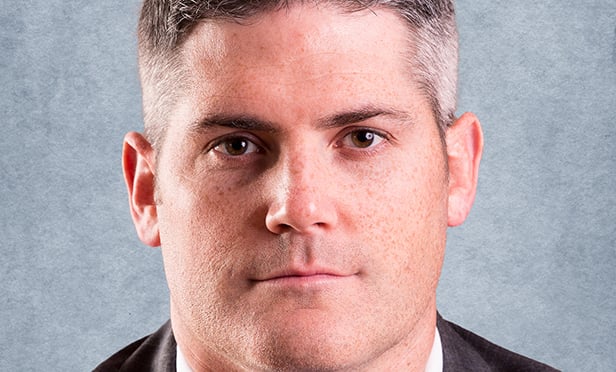SAN FRANCISCO-The Internet and brick-and-mortar stores once were viewed as mutually exclusive, if not adversaries, but now the virtual and physical realms are finding ways of co-existing to mutual benefit. “There's a really interesting wave of concepts coming out, where although it may be a retail storefront, there's a tie or connection to social media and getting the buzz out there faster,” Anjee Solanki, national director, retail services with Colliers International, tells GlobeSt.com. “Hence, we're looking at new concepts to test at our retail projects.”
As a case in point, she cites Blink Inc., currently undergoing a soft launch at Corte Madera Town Center in the Marin County community of Corte Madera. “It's a retail storefront that allows customers to come in for a 10-minute photo shoot: with family, friends or by themselves, for any occasion, or perhaps they've just bought a product within the project,” Solanki explains. “Within minutes, they receive a URL link that will take them to their photos. They can then pick and choose and buy either the entire 150 shots or their favorite shots, for a very affordable price.” The customer is then able to put the images on Twitter or Facebook.
“What we see as a benefit from this is that we will now have the ability to take that information and tie it back to the property or our tenants,” she says. “Our goal is to see if can get some bloggers to come to the project and maybe purchase something at one of the boutiques, come in and take a 10-minute photo shoot and instantly put it onto their blog in high resolution.” Solanki sees this as “another way to communicate our project, our stores and the community. With authorization, they're also showing these photos in constant rotation on a customized, built-out screen within the store. As people are walking by, they're going to say 'oh, that's Tyler's daughter' or 'that's so and so. What a gorgeous photo that is.' So it's bringing it back to the community.”
Although ecommerce enables shoppers to make purchases with a few clicks and never leave their living rooms, “we're all human and people still want the tangible in addition to Pinterest and all these different vehicles,” says Solanki. “So how do you combine the two? I think we're seeing that as becoming the new trend, as you have Amazon and Amazon DropBoxes. It's linking ecommerce to actually physically getting the product.”
Alternnately, she says, “you may buy something online but the retailer, be it J. Crew or the Gap, has some sort of social media component that brings you back to the store. That will be the next strategy from our retailers. Then it's a question of taking that next step and bringing it back to the landlord and the property, so that the property becomes top of mind and positioned as such so that the customer is coming back to spend time and dollars.”
The concept arguably is still too new to have found widespread acceptance among shopping center owners, but Solanki sees them coming around. “As I've been talking with landlords over the past six months, I think they want to understand it,” she says. “They want to understand not only how it benefits their project, but ultimately it's about tying the project back to the community.” Such conversations, she adds, generally leave out mention of specific social media vehicles, on grounds that "once you start using those words, they tend to get lost in 'well, I don't really understand how that benefits my property.'"
© 2025 ALM Global, LLC, All Rights Reserved. Request academic re-use from www.copyright.com. All other uses, submit a request to [email protected]. For more information visit Asset & Logo Licensing.








